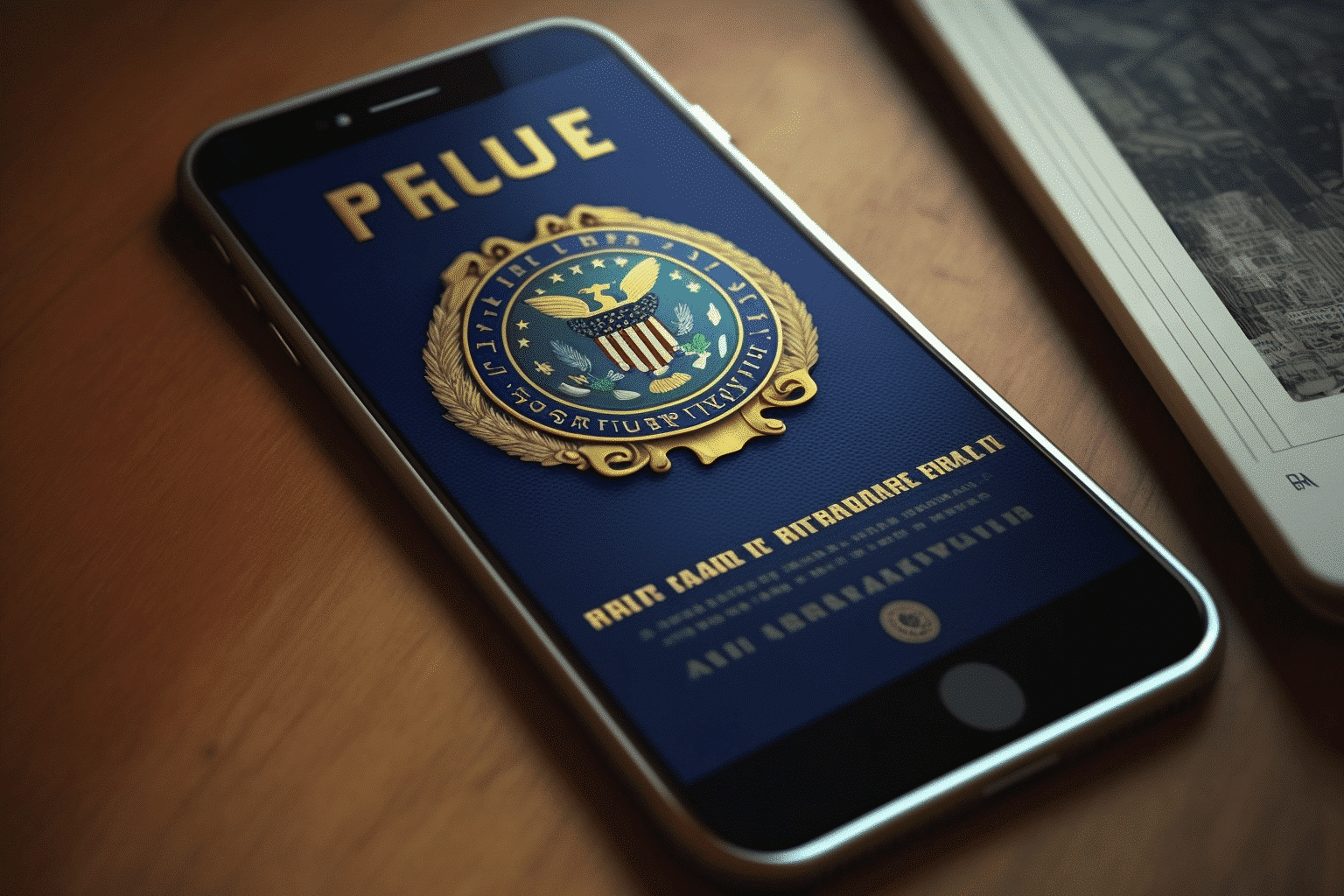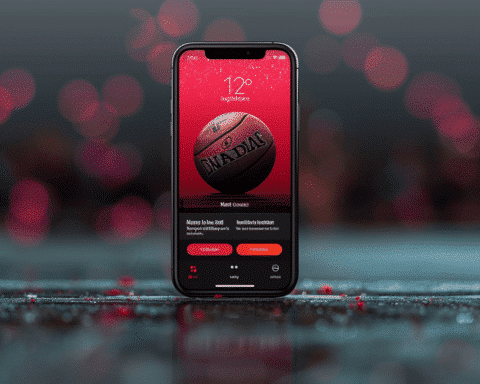Both individuals and art institutions can now easily search for stolen art using their smartphones.
The Federal Bureau of Investigation (FBI) has launched a mobile application for the US National Stolen Art File (NSAF), a database containing records of stolen art pieces and culturally essential items.
Initially created for law enforcement and art industry professionals, the NSAF app is now accessible to anyone worldwide, enabling users to check the legal status of cultural property with just a few taps.
“Making the NSAF publicly available was a major development,” said Colleen Childers from the FBI’s art crime program. “With this mobile upgrade, we aim to enhance its user-friendliness further.”
The app offers search and filter options that allow users to sort art by description, location, and genre, and it also includes sharing features that enable users to spread information and send tips directly to the FBI. The app is free to download and use.
This is not the first instance of mobile technology employed to help find stolen art. In 2014, Italy’s Carabinieri art crimes team introduced the first-ever smartphone app to encourage public involvement in combating cultural heritage crime. Additionally, in 2021, the International Criminal Police Organization (Interpol) launched the ID-Art app, providing wider access to their stolen art database and facilitating the reporting and documentation of endangered cultural heritage sites and objects.
The growing use of smartphone applications in the fight against art theft and cultural heritage crime reflects an increasing awareness of the value of public engagement. These tools empower citizens to contribute to protecting and recovering stolen art and culturally significant items, extending the reach of law enforcement and art professionals.
As technology in this field expands, additional features and improvements are expected to be introduced to these apps, further enhancing their effectiveness in recovering stolen art. For instance, future updates could include image recognition technology, allowing users to snap a photo of an artwork and instantly compare it to items listed in the database.
Collaboration between law enforcement agencies, the art industry, and the public is essential in preventing the loss and theft of priceless cultural heritage. By leveraging mobile technology, these stakeholders can work together more effectively to safeguard and recover stolen art, ensuring that future generations can appreciate and learn from these invaluable pieces.
With the FBI’s NSAF app and other similar applications, a new era of public participation in preserving and recovering cultural heritage is emerging. The continued development and refinement of these tools will undoubtedly contribute to a more secure and accessible art world, demonstrating the power of technology in protecting our shared cultural treasures.




